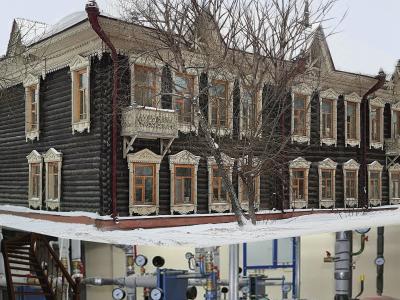*.py

An example of the implementation of the SCQP method using the lin operator is included in the MAIN_example.py file. This file details an optimal control problem involving an inverted pendulum, solved with the sequential convex quadratic programming (SCQP) method, and is based on the example presented in the publication: R. Verschueren, N. van Duijkeren, R. Quirynen, M. Diehl, Moritz, "Exploiting Convexity in Direct Optimal Control: A Sequential Convex Quadratic Programming Method," Proceedings of the 2016 Conference on Decision and Control, 2016, pp. 1099 - 1104.
- Categories:
 94 Views
94 Views
In this paper, we consider that the unmanned aerial vehicles (UAVs) with attached intelligent reflecting surfaces (IRSs) play the role of flying reflectors that reflect the signal of users to the destination, and utilize the power-domain non-orthogonal multiple access (PD-NOMA) scheme in the uplink. We investigate the benefits of the UAV-IRS on the internet of things (IoT) networks that improve the freshness of collected data of the IoT devices via optimizing power, sub-carrier, and trajectory variables, as well as, the phase shift matrix elements.
- Categories:
 486 Views
486 ViewsBrain-Computer Interface (BCI) has become an established technology to interconnect a human brain and an external device. One of the most popular protocols for BCI is based on the extraction of the so-called P300 wave from EEG recordings. P300 wave is an event-related potential with a latency of 300 ms after the onset of a rare stimulus. In this paper, we used deep learning architectures, namely convolutional neural networks (CNNs), to improve P300-based BCIs.
- Categories:
 691 Views
691 ViewsMore than 40% of energy resources are consumed in the residential buildings, and most of the energy is used for heating. Improving the energy efficiency of residential buildings is an urgent problem. The collected data is intended to study a dependence of the dynamics heat energy supply from outside temperature and houses characteristics, such as walls material, year of construction, floors amount, etc. This study will support the development of methods for comparing thermal characteristics of residential buildings and carry out recommendations for the energy efficiency increases.
- Categories:
 401 Views
401 ViewsMore than 40% of energy resources are consumed in the residential buildings, and most of the energy is used for heating. Improving the energy efficiency of residential buildings is an urgent problem. The collected data is intended to study a dependence of the dynamics heat energy supply from outside temperature and houses characteristics, such as walls material, year of construction, floors amount, etc. This study will support the development of methods for comparing thermal characteristics of residential buildings and carry out recommendations for the energy efficiency increases.
- Categories:
 838 Views
838 Views

